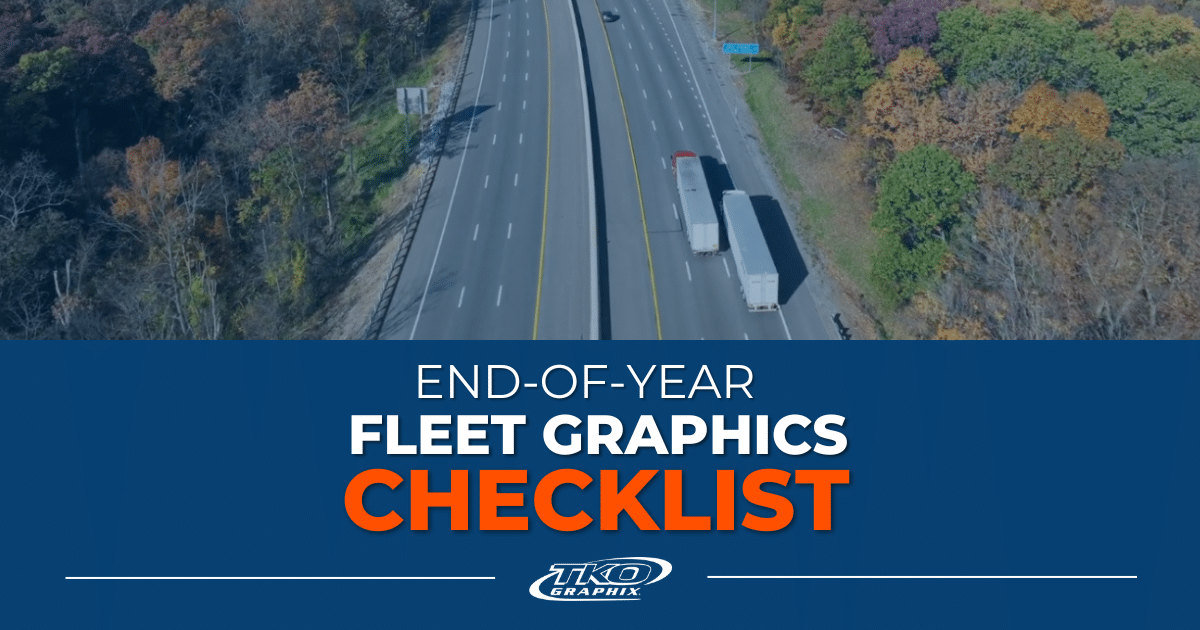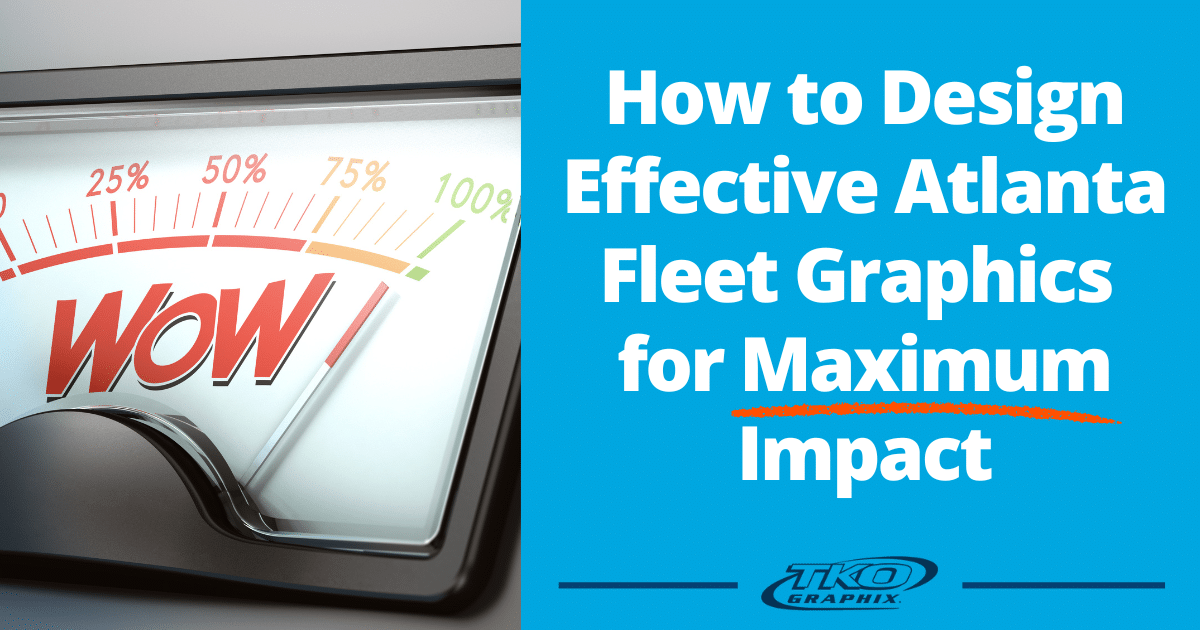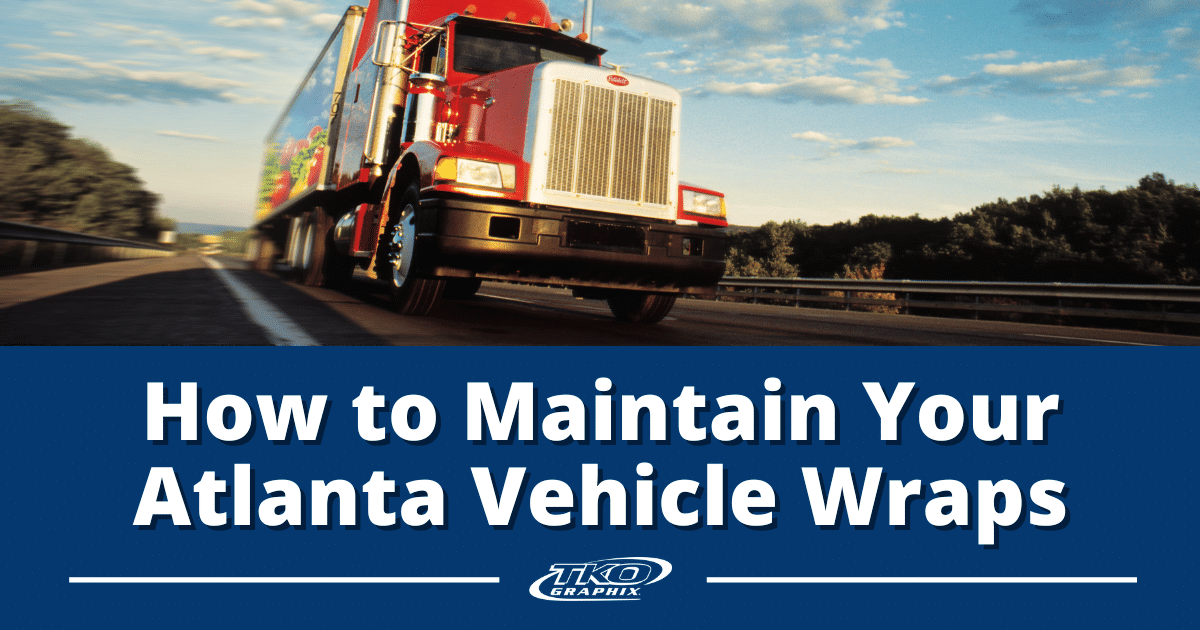So, don’t let your drivers damage your message. How does that happen? Myriad ways and you’ve seen some of them. Unsafe driving being the most common. When you see a company vehicle driven recklessly, what do you think? Whether it’s conscious or subconscious, you think poorly of the company. The driver damaged the brand’s message.
You can spend thousands of dollars on fleet graphics. Your organization can design the best message for your fleet to carry forth, but a lousy driver can destroy it. Don’t let drivers damage your message. Here are tips to stop drivers damage your message.
Don’t Let Your Drivers Damage Your Message
Make it a Policy
If you don’t set expectations, what can you expect? Even if you only have one company vehicle, you need written policies and procedures to share with your driver or drivers. Think about this, one vehicle in a metropolitan area creates 30,000 to 70,000 impressions per day!
The good news is you don’t have to recreate the wheel. There are excellent examples of driver policies online. Here’s one example from the human resources organization SHRM.
“The purpose of this policy is to ensure the safety of those individuals who drive company vehicles and to provide guidance on the proper use of company fleet vehicles. Vehicle accidents are costly to our company, but more importantly, they may result in injury to you or others. It is the driver’s responsibility to operate the vehicle in a safe manner and to drive defensively to prevent injuries and property damage.” — Company Fleet Usage and Driver Safety Policy
Train it and then train it again
Once you’ve established guidelines and policies, you need to train all drivers. Training doesn’t mean you gather your drivers in a meeting, hand out the procedure, and then have them sign a form saying they received the policy booklet. There’s nothing wrong with this unless that’s where the training stops.
For example, using the SHRM driver policy linked above, training meetings could be segmented into six or more training sessions by approaching your team of drivers with one subhead of the policy at a time. Then repeat it. How many people take in all the information in one meeting? I’m not a one-meeting person, are you? Repeat it with new people, repeat it after 30 days with everyone, and then repeat it some more.
Safety training may also include a ride-along.
How’s my driving?
If a driver is breaking traffic laws, it’s not a good message. Speeding, not obeying traffic lights, or disregarding signs is not good for your brand. So, how do you avoid this bad driver syndrome? OSHA shares the following as part of a 10-step program to reduce infractions and accidents. Be the change, don’t let drivers damage your message
“Establish a contract with all employees who drive for work purposes, whether they drive assigned company vehicles or drive their vehicles. By signing an agreement, the driver acknowledges awareness and understanding of the organization’s traffic safety policies, procedures, and expectations regarding driver performance, vehicle maintenance, and reporting of moving violations.” — Guidelines for Employers to Reduce Motor Vehicle Crashes
Practice mindful driving
A driver can have all the good intentions in the world, but if they’re driving distracted, it doesn’t matter. Regardless, that distracted driving is one of the biggest causes of accidents, and that it can lead to inconsiderate driving, for me, just seeing a driver on their phone sends the wrong message. I wonder if the company doesn’t care enough to train its drivers about distracted driving, what else don’t they care about? If you care you won’t let drivers damage your message.
So, where do you start?
“Start by outlining the procedures and policies. Include common distractions and causes of inattentiveness.
- Limit cell phone use while driving. In case of emergency, only use hands-free systems.
- Do not use mobile devices to communicate via keyboard, including texting, email, and social media.
- Do not attempt to read while driving, including navigation, instructions, and work-related forms.
- Never view any screened entertainment, including movies, YouTube, etc.
- Avoid eating while driving and limit food and drink to snacks and beverages, which are easy to consume.
- Avoid distractions that take your eyes off the road, such as changing radio stations (use presets or search options), operating a CB radio, and distractions from passengers.
- Do not drive impaired (fatigue, illness, medication, alcohol, or illicit drugs).” — Does Your Company Take Distracted Driving Seriously?
Be Considerate
We live in a self-centered, inconsiderate world. Being ignored has become expected, the norm. That’s why when people show compassion through their consideration, it’s so moving. When someone buys the food for the next person in the drive-through, returns a lost wallet, or helps an elderly neighbor, it’s likely to make the evening news. Why is that? It’s because there’s not enough of it.
If you want your drivers to make a lasting positive impression – teach them to be considerate drivers. Teach them to move over to let another driver leave or enter the highway. Wave another driver to go at a stop sign. When the lane narrows due to accident or construction, let other drivers in, and not just one. These considerate actions may slow your driver down by a minute or two, but they will create a lasting and positive image to all that witness your drivers’ compassion.
Keep it clean
Add keeping company vehicles clean to your driving policy and then make it easy to do. Set up a car wash account for your drivers.
“So, what is the high cost of dirty fleet vehicles? Fleet vehicles, whether they are cars used in urban areas or 53-foot trailers traveling the highways across America, send a message about your business. And a dirty vehicle doesn’t say anything good. Unclean and poorly conditioned fleet vehicles cost your business far more than a car wash or repair – they cost your company its reputation.
Do you think I’m exaggerating? Okay, try this. On your way home tonight from work, look at the vehicles sharing the road with you, and when you find a dirty fleet vehicle, especially if it has graphics, tell me what your impression of the business is.” — The High Cost of Dirty Fleet Vehicles
Pick your spot
Where your driver parks your fleet vehicles is important. Years ago, as VP of operations for a large home remodeling company, I received a call from a disgruntled consumer. The person complained about one of our company box trucks with our name, logo, and contact information in big, bold letters parked at an adult bookstore. It wasn’t the type of advertising we had hoped for. Teach your drivers to be mindful of where they park and even better pick parking spots that show your cars and trucks off.
“Take Branded vehicles to events. Whether your organization sponsored the event or not, schedule and encourage teammates to drive company vehicles to local sporting events, conventions, and attractions. Be sure to park as near the entrance as possible.
Pick the best spot to park. When parking, place the vehicle nearest the busiest street or intersection. It may mean walking a bit to your destination, but your branded vehicle’s prominent placement can make an impact. All it takes is one call from a prospect who saw your vehicle while waiting at a light. If possible, park your vehicles outside after hours for more impressions.” — FAQ: How can I get the Most Exposure from my Vehicle Graphics?
Do Your Drivers Damage Your Message?
A driver who makes poor decisions, is inconsiderate, and doesn’t obey traffic laws, hurts your business. Here at TKO Graphics, we can provide outstanding vehicle graphics that grab consumers’ attention and put your brand front and center. Be sure your drivers make a good impression. Don’t let drivers damage your message. If you’d like to learn more about graphics for your fleet. Contact us or request a quote today!
Photo by Ralph (Ravi) Kayden on Unsplash







